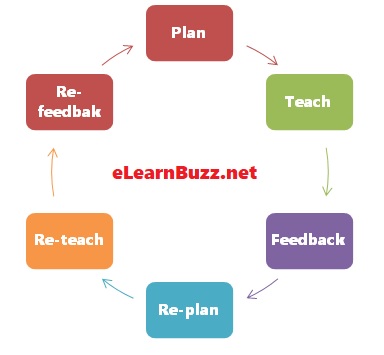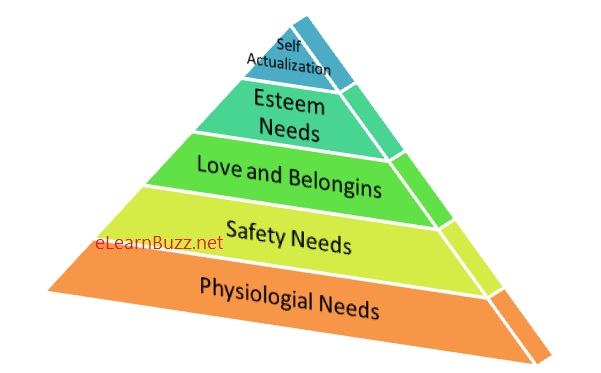Principles of Growth and Development are important for CTET, KVS, HTET, PSTET, UPTET, MPTET and RAJTET Preparation. Following are the 9 principles under Principles of Growth and Development:
1. Principle of Continuity
As per Principles of Growth and Development, Development of child is a continuous process. Because it follows continuity, it starts with the birth and ends with the death.
2. Individual Differences
Principles of Growth and Development state that no two individuals are same. therefore their habits, memory, creativity, intelligence etc. differ from each other. So growth and development will also not be same for both and each will grow at his own unique rate.
Read – Motivation and Type of Motivation for CTET and TET
3. Correlation and Integration
All types of developments are correlated and integrated with each other. Each area of development is dependent on the other and also influences the other development. For example a child who is physically healthy is likely to have better social and emotional stability.
4. Universality
Principles of Universality states that all over the world the growth and development process of child will be same. Therefore the process of child growth from birth to maturity will be same all over the world.
5. Predictability
Based on the rate of growth and development of the child, it is possible to predict the possible range of growth and development of child. Eg if a child plays with screw or electric material one may predict or assume that he will be an engineer.
Read – भारत में नदियों के किनारे बसे शहर/ Nadiyon ke Kinare base Sahar
6. General to Specific
In all phases of child development, general activity precedes specific activity. Eg children learn one word “pa pa” then subsequently they learn other specific words in language development.
7. Direction
Principles of Growth and Development state that development follows a pattern or a sequence. Each child has a different rate of development. Besides the development of all human beings follows a similar pattern, similar sequence or direction.
8. Development is Spiral not Linear
Children do not proceed straight on the development path with a steady speed. They make advancement during a particular period but take rest in the following period to consolidate their development. Therefore he turns back and move forward again like a spiral.
9. Growth and Development is a joint product of both hereditary and environment
As per Principles of Growth and Development, at any stage of growth and development of child the hereditary and environment directly or indirectly influences his growth and development in any dimension at all times.
Read – Learning Disabilities – for CTET and other TET Exams
You may use ‘comment section’ below for your valuable comments/feedback.

